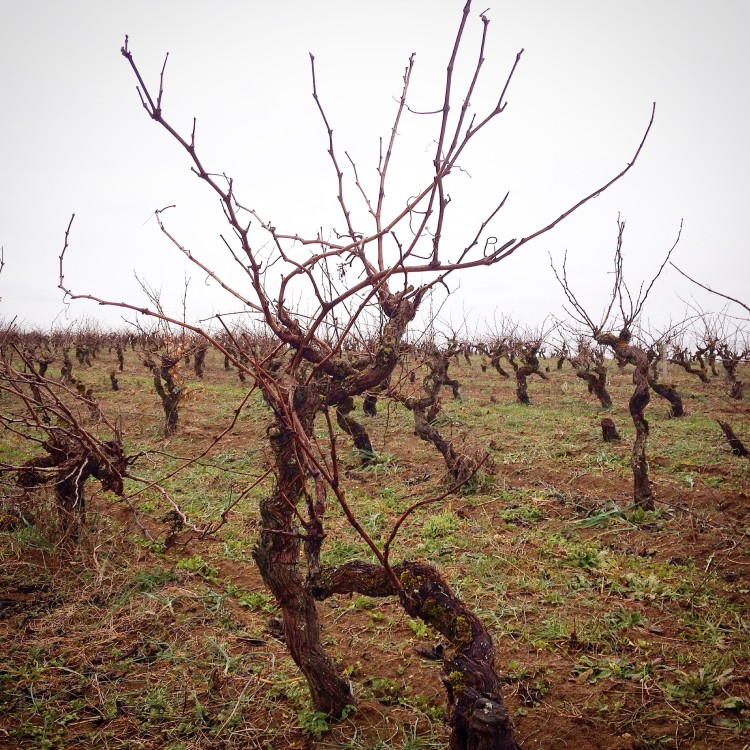
I taught a class yesterday to a group of American university juniors that included a discussion of terroir, that term everyone uses and, I am beginning to suspect, few understand.
What makes me say this? The total blankness on the face of my smart students as I dove into the subject. Eventually one spoke up. “I just never thought about food this way. I never knew it could be local or seasonal,” she said. “I am sure that my mother never gave this a thought when I was growing up.” Others in the class nodded.
How could they give this a thought, I realized, without the tradition of local and seasonal foods, and when their idea of a meal is something grabbed on the run between classes, chosen from the school cafeteria, or related to increasingly distant memories of mom’s cooking?

In an effort to simplify the matter I went to The Robert Collins dictionary for its translation of terroir, which is “soil”. I was surprised – the definition isn’t wrong of course, it’s just not complete. Terroir IS soil. But it’s also air, hillocks, and mountains. It’s the underground arteries that bring water to the well; it’s the rain that falls in February after the hail has just battered the winter wheat, and right before the snow. It’s the feeble sun of March and the blazing heat of August. Terroir is the cow dung that feeds the apple trees; the rolling roar of traffic down the autoroute that slices through orchards and pastures. It’s the thousand tiny insects burrowing, flying, sucking, spitting out their contributions and their poisons. In short, terroir is everything that goes into those leafy greens, those fat and juicy grapes, that tender cut of beef and every other cultivated food that arrives on your plate and in your mouth.
What makes it so vital and fascinating, so important and necessary to comprehend, is the way terroir affects what we eat. Terroir is capricious – it can change in a matter yards. I have friends in the Dordogne, for example, whose red soil and exposure is perfect for walnut trees and truffle oaks. Their neighbors down the road can’t make a truffle oak grow for all the money in the world, but their beans beat my friends’, hands down. It’s a question of micro-terroir – the soil and atmosphere change at the bend in a road, a dip in the landscape.

Guy, my farmer friend with the walnuts and truffle oaks, put a fifty-pound bag of potatoes in my car right before I left to return to Normandy. Eaten side by side with Norman potatoes was a revelation – the same variety, two completely different tastes and textures.

My friend Astrid, in the Tarn, makes a wine that bathes the taste buds in velvety berry flavors, while her neighbor’s wines – made with the same grapes, in view of Astrid’s own vines, are more puckery and filled with tannin.
Terroir combined with cultivation techniques and the very soul of he or she who cultivates, is what makes the thousands of wines in France so distinct; the garlic from Lautrec hotter than that from Nimes; the apples of Normandy more nuanced and distinct than those from the Loire. Terroir makes my own cherry tomatoes sweeter than my neighbors, and the peaches in a friends’ nearby garden better than those from a tree in Alsace.
In the end, terroir is a term that is really a notion, a complex combination of atmospheric, intellectual, practical and spiritual influences that create the incredible wealth of qualities in what we eat.

BAKED POTATOES AND BAY LEAVES
POMMES DE TERRE AUX FEUILLES DE LAURIER
These were tested with potatoes from the Norman terroir, in fields belonging to Baptiste Bourdon! The bay leaves lend their gentle aroma to the potatoes, for a wonderful side dish. These must be served directly from the oven, as they lose their fresh crispness if left to sit. You may cook these slightly longer than indicated with no adverse results.
8 medium potatoes (3 pounds;1„1/2 kg total), scrubbed clean
Fine sea salt
8 fresh bay leaves (Laurel nobilis), or dried imported bay leaves
1 tablespoon extra„virgin olive oil
Freshly ground black pepper
1. Preheat the oven to 450 ° F (200C).
2. Cut a potato in half lengthwise, stopping just before you separate the halves so the potato stays intact. Gently open the potato and sprinkle the salt on each half, as well as possible. Slip a bay leaf into the cut, press the halves back together, and place the potato in a medium-size baking dish, or one that will easily hold the potatoes in one layer. Repeat with the remaining potatoes.
3. Drizzle the potatoes with the olive oil then roll them so they are covered with oil. Season them with a bit more salt, and generously with pepper. Bake in the center of the oven until they are puffed and tender through, about 1 hour. To test for doneness, pierce them through with a skewer or a sharp knife. Remove from the oven and serve immediately, with a mention to guests not to eat the bay leaves.
8 servings




